The Gaza ceasefire deal, mediated by Egypt, Qatar, and Turkey under US President Donald Trump, is trumpeted as historic and momentous to restore peace and stability in the Middle East. Sharm el-Sheikh, a Red Sea resort in Egypt, hosted this highly anticipated international event. The prolonged war in Gaza since October 7, 2023, came officially to an end.
The first phase of kinetic war is over. Israel no doubt takes the credit for the military victory. But the post-war period opens up the second phase, which is equally complex. Here, diplomacy, narrative and many more subtle forms of deception, twisting and push-and-pull unfold and secure salience.
The narrative war that was in swing during the conflict may become more visceral and vengeful. It is important to see how Israel manages the post-war scenario and what the rubble in Gaza speaks or is made to speak.
Therefore, there is much to unfold once the kinetic action is over on the ground, paving the way for non-kinetic warfare through media and the boardroom. Be that as it may, what is important is to decode Trump’s Declaration of Enduring Peace and Prosperity. Trump’s showmanship adds new features to the Gaza ceasefire deal.
Trump’s Pronouncement of Peace
The pronouncement recognises the tragic loss and suffering of life during the Israel-Gaza conflict and asserts the importance of peace, security, stability, and prosperity in Gaza and the Middle East at large. Dignity, education, peaceful coexistence, and protection of human rights were underlined as milestones of prosperity. The Declaration demonstrated that violence, radicalisation, extremism, and ideological indoctrination are unfriendly to civil life and growth and a deterrent to prosperity.
Impact Shorts
More ShortsIt is envisioned to secure peace and stability in the Gaza Strip through deradicalisation and disarmament of Hamas, post-war reconstruction ventures, stationing an International Stabilisation Force (ISF) trained by Egypt and Jordan, transitional governance by technocrats under the Board of Peace spearheaded by President Trump, development of a Special Economic Zone, and interfaith dialogue to foster the culture of peaceful coexistence.
But the trajectory of Middle East geopolitical architecture indicates fragility, fragmentation, and diplomatic unsteadiness that underlines the urgent need for engagement, investment, entrepreneurship, and inclusive development.
Paradoxes
Trump’s profound vision of peace is seemingly verbose, full of platitudes, and an extraordinary deficit of common sense. It is disconnected from reality. Disarmament of Hamas, post-war political process in Gaza minus Hamas, Gaza reconstruction from the massive debris, closure of the factories of ideological insemination, etc., are some of the burning issues that require serious attention. Without solving these issues, the path to peace and prosperity is empty rhetoric.
Hamas has undoubtedly been defanged but not eliminated. Its leadership is liquidated, but its rank and file continue to operate on the ground. They are not identifiable as a distinct and isolated group with a visible trademark. They are embedded in the people, and their river-to-sea ideology gains significant support in the minds of the people in Gaza and inspires events.
Unless this is addressed effectively, all peace plans are cosmetic and not enduring. Rhetoric does not solve an issue that lingers for such a long time. History, identity, religion, culture and ideology are so deeply interlaced that they cannot be solved with one stroke of Trump’s diplomatic magic. Hamas is not a thing. It is a thought and ideology that has seeped into the minds of people for a considerable time.
The Hamas ideology, technology and soft infrastructures have to be dismantled to inaugurate peace. This is the right time because its umbilical cord has been severed with Iran. Iran’s weakness can be weaponised to make the ideology of Hamas ineffective. However, an ideology can be defeated by a counter-ideology, not military aggression or economic development. It is a cultural problem that cannot be solved by force or economy.
Where is Trump’s counter-ideology or counter-narrative? Will Israel develop the soft infrastructures in terms of developing counter-ideology to defeat Hamas completely? Will it engage in counter-narrative in the post-war period to choke Hamas’s ideological mutation? These are important issues which require immediate attention, and they will give dividends in the long run. They will solve the issues and take the mood of the region in a different direction, where economy, development and diplomatic engagement will ensure meaningful results.
What Trump does is very synthetic. Hamas is weak; therefore, it toes the line of peace. Once it finds its ground, it will resurface with more lethality. The process of peace will end in achieving nothing. It gets back to ground zero. This is not a new thing in the region. It has happened in the past. History repeats not with difference but with predictable sameness in the Middle East, especially the Israel-Palestine reality.
The more recent example is the Abraham Accords, which were signed in 2020, a landmark in connectivity and trade infrastructures. The October 7 Hamas attack on Israel pushed everything back to non-existence. This is the power of ideology. Trump seems ignorant of this and basks in delusion as the president of peace.
Trump’s Showmanship
The Gaza ceasefire deal is a one-man show. It is Donald Trump. Of course, other leaders were present. Their presence was so dwarfed that they only decorated the background. The spotlight was so selectively on Trump that others became non-entities.
Trump took away the singular credit as a broker-in-chief of peace. From his speeches to the handshake moments, it was evident that everything begins with him and ends with him. This makes his candidacy for the Nobel Peace Prize stronger. Will this exhibitionism catapult the process of peace to a new stability? The answer seems an emphatic ‘No’. The ground reality is very different from what meets the eye.
What is more awkward and irritable is Trump’s crafty comments on India and allusions to India-Pakistan disengagement during Operation Sindoor. Shehbaz Sharif, Prime Minister of Pakistan, used this occasion, though Trump gave him this occasion, to shower praises on Trump as an uncompromising peacemaker.
Had the Nobel Peace Prize been in Shehbaz Sharif’s hand, he would have given it to Trump then and there. If sycophancy has a name, it is none other than Shehbaz Sharif. It was sensible on the part of Prime Minister Narendra Modi and External Affairs Minister S Jaishankar to have avoided visiting this event, which was designed to amplify Trump’s publicity. It was a massive embarrassment clothed as a historic event.
Self-adulation has seemingly been Trump’s obsession. India was represented by Kirti Vardhan Singh, Minister of State for External Affairs and Environment, Forest and Climate Change, at Sharm el-Sheikh. India is unequivocal in its support for the Gaza peace process and the end of the conflict in Gaza. But the way Trump made a mess out of the Gaza ceasefire deal, referring to India and Pakistan, was unnecessary and infantile.
Trump’s obsession with world peace without a solid understanding of the global conflict is phenomenal. The personality cult that he carries around and tries to establish without the foreknowledge of climate, condition, and correlation impedes his prospects.
Strategic Balance
While India supports peace in Gaza and in the region, it also maintains its strategic autonomy. It is a party to the process and yet maintains strategic balance. This has been its most measured response without jumping onto the US’s bandwagon of peace for peace’s sake, without addressing the deeper issues ingrained in the process of peace. Russia and China have also maintained strategic silence, though they have not rejected the US-Europe-led peace process.
However, the US’s double standard is colossal and requires no decoding. It strangely conflates the peace process in Gaza with India-Pakistan ‘de-hyphenation’ and the possible cooperation. It was unnecessary, but who will tell Trump about the need for a fine line between diplomacy and transactionalism? He applies his template of transactionalism everywhere without recognising its limitations.
Jajati K Pattnaik is an associate professor at the Centre for West Asian Studies, School of International Studies, Jawaharlal Nehru University, New Delhi. Chandan K Panda is an assistant professor at Rajiv Gandhi University (a central university), Itanagar. The views expressed in the above piece are personal and solely those of the authors. They do not necessarily reflect Firstpost’s views.


)
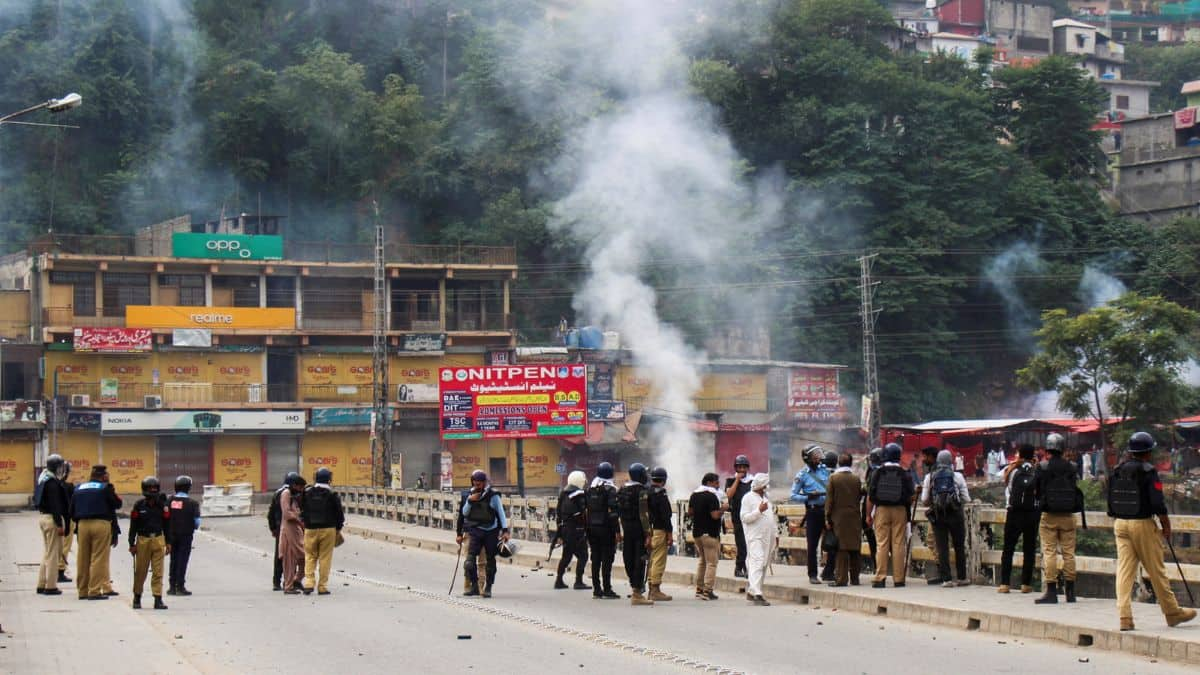
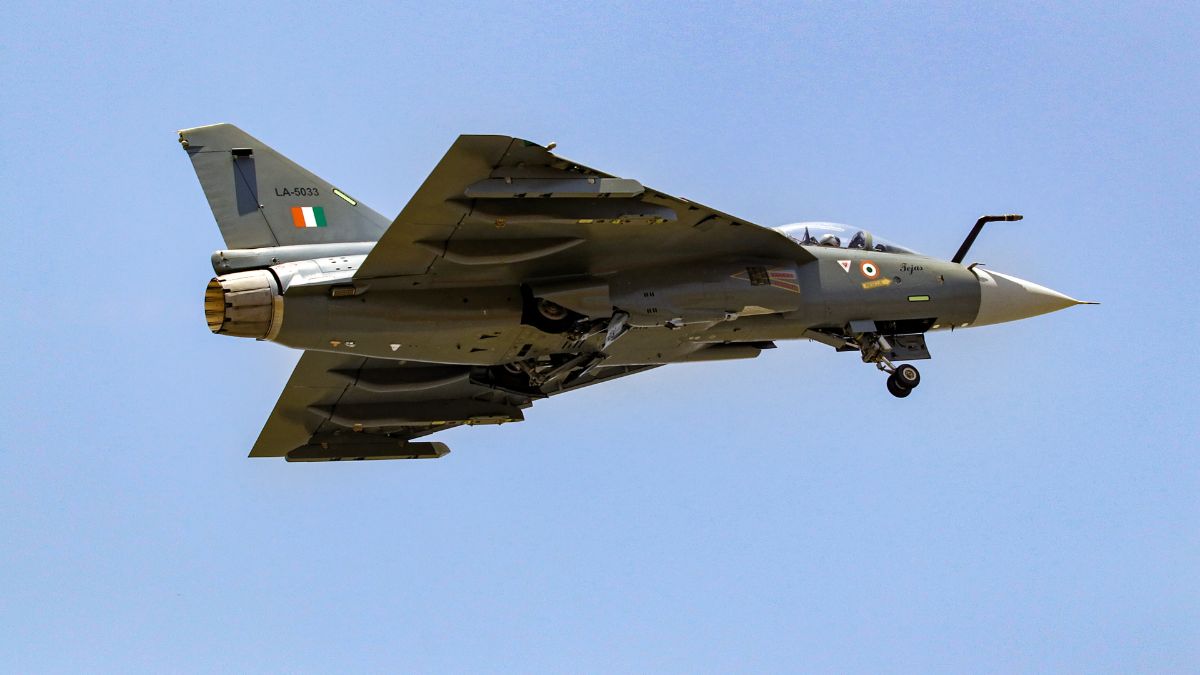)
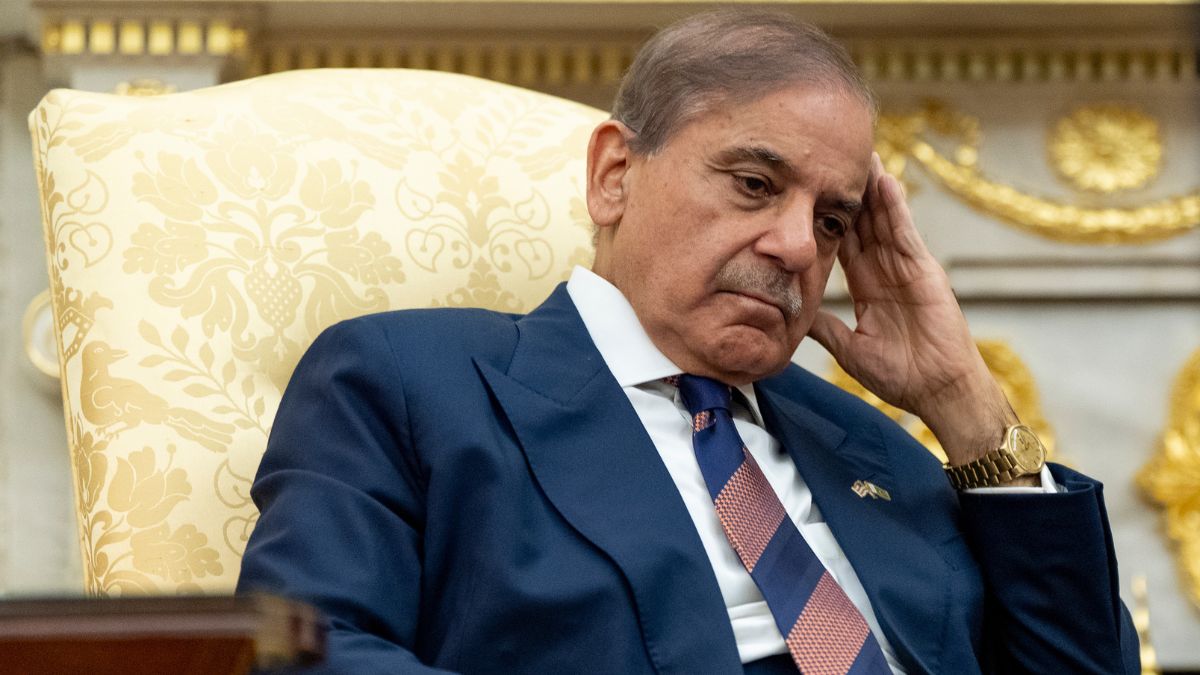)
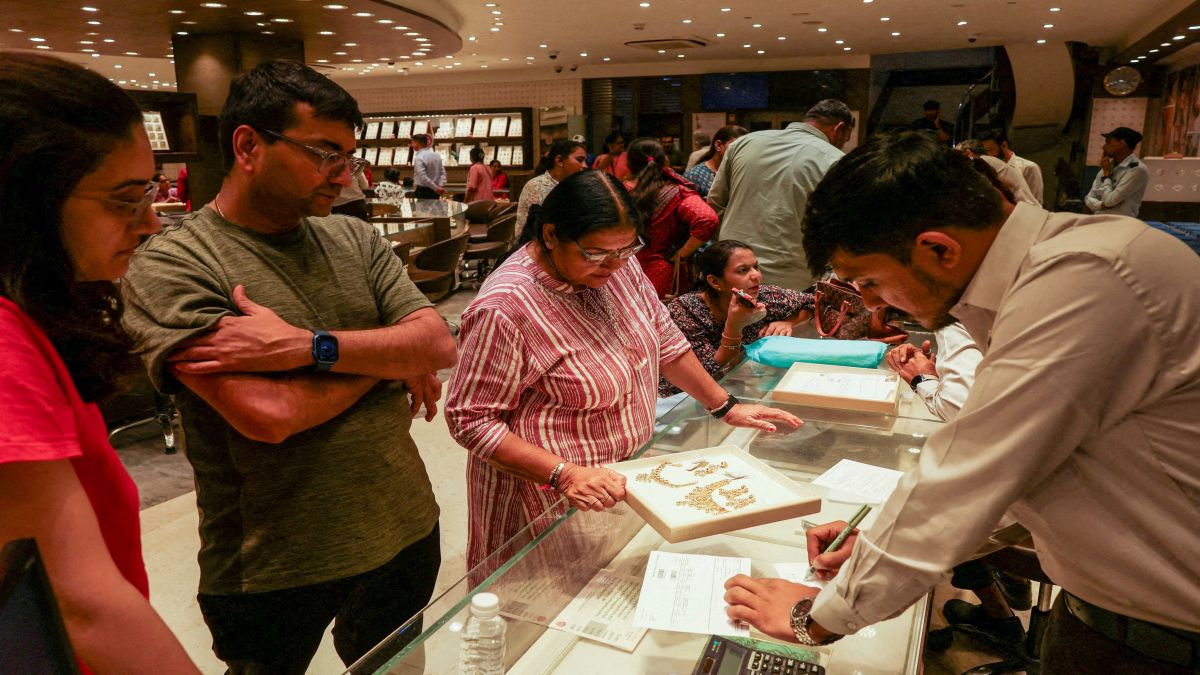)
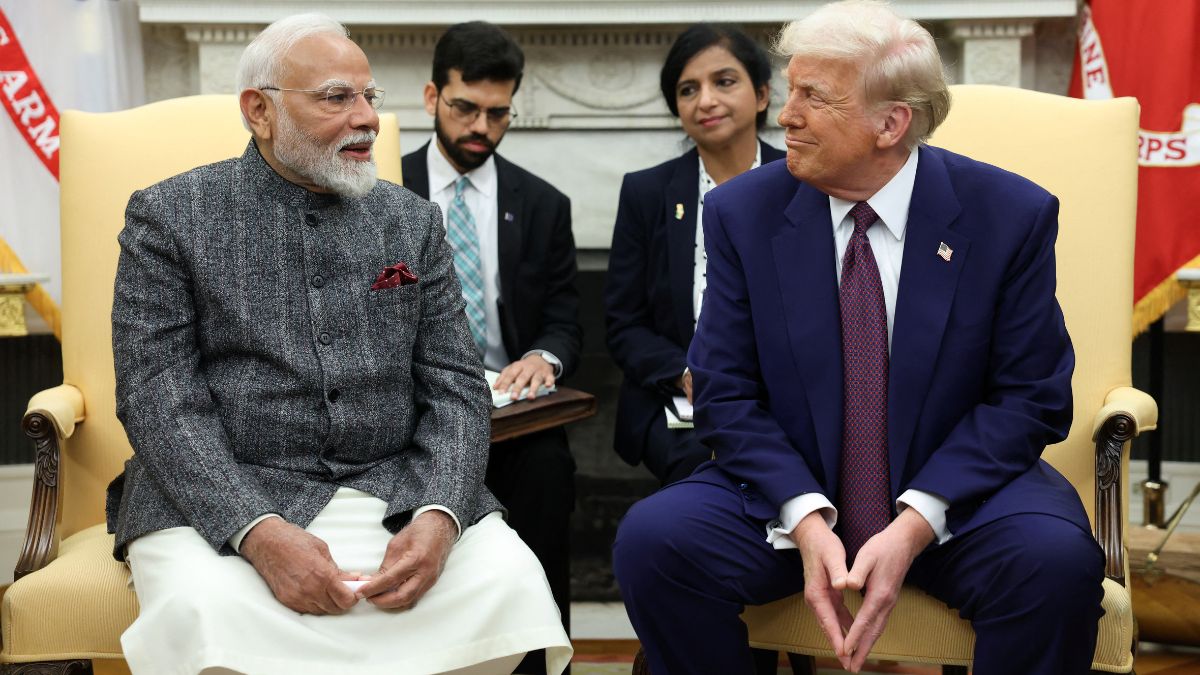)
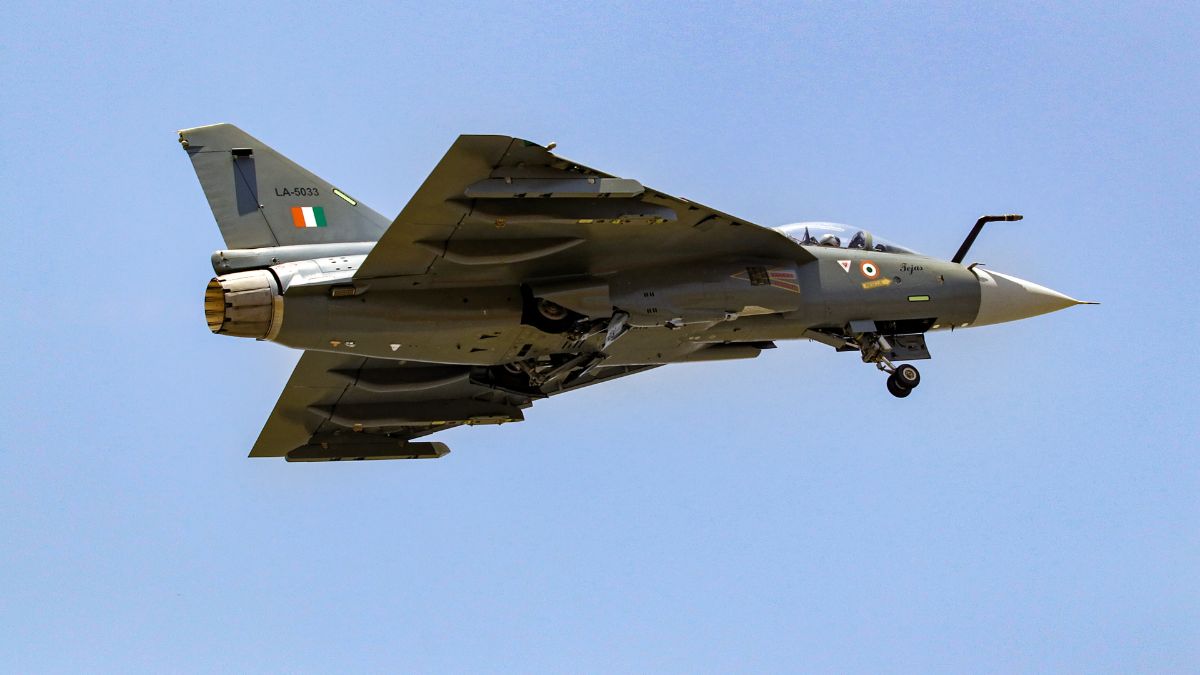)
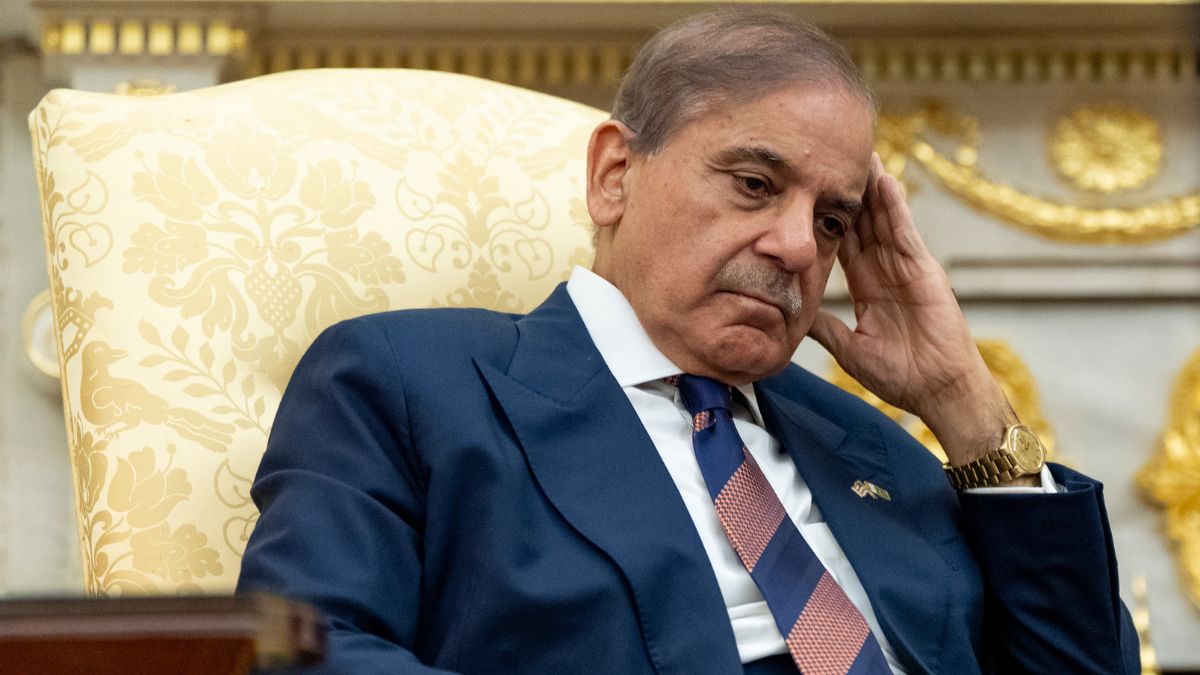)
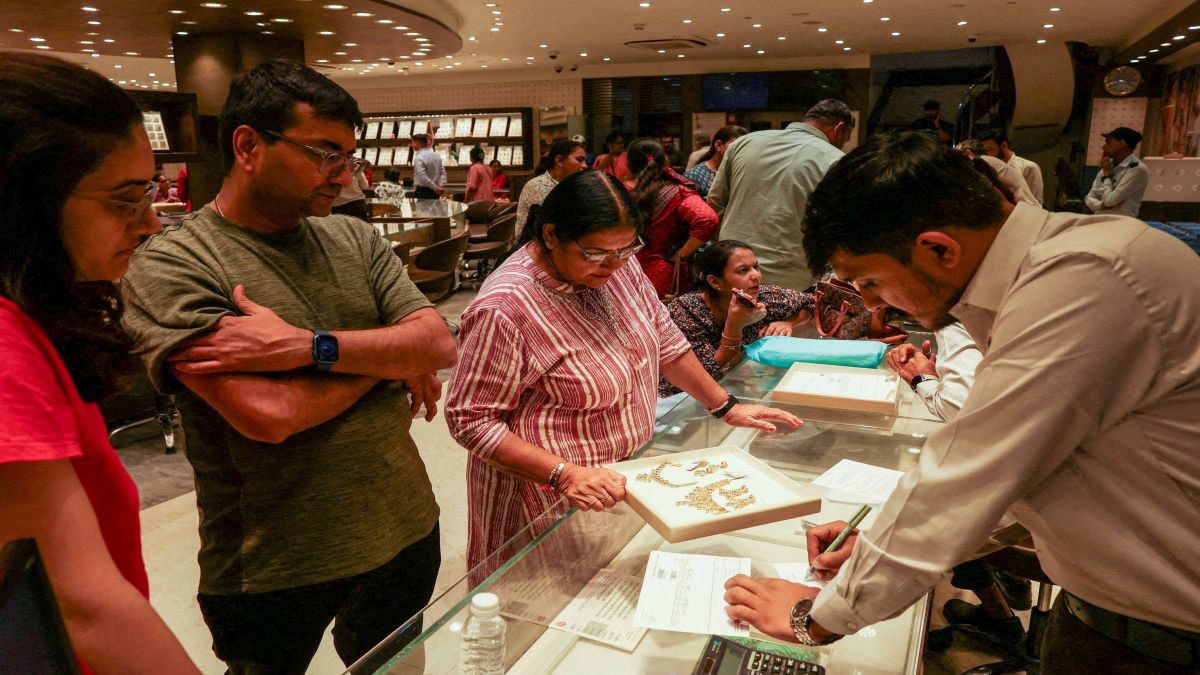)
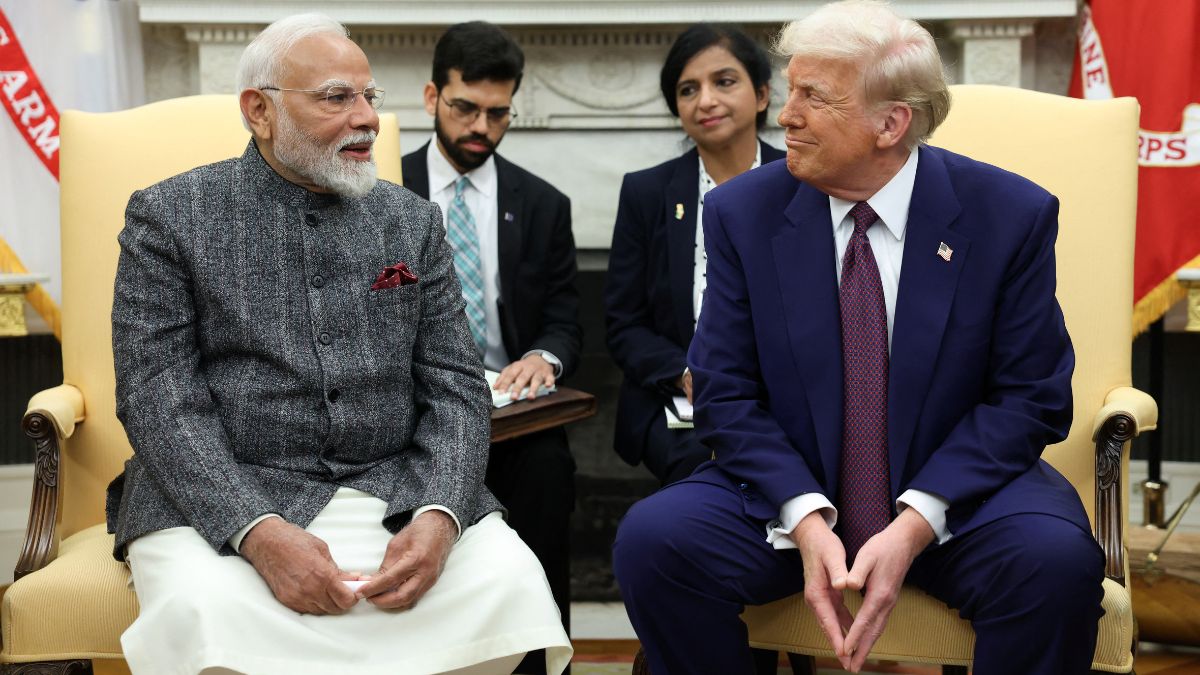)



